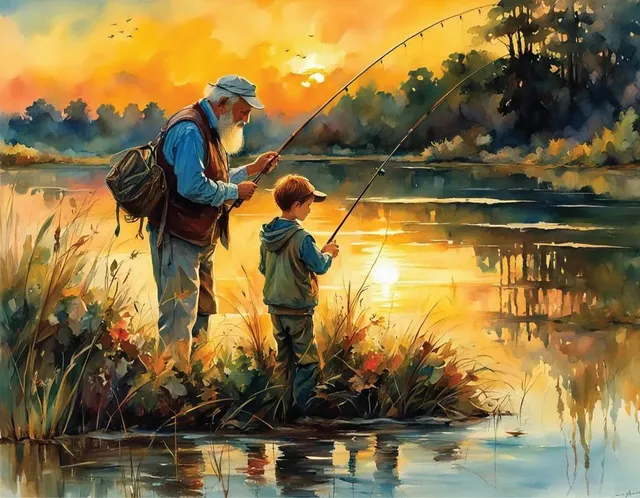The history of student life is a fascinating journey through time
The history of student life is a fascinating journey through time, reflecting the evolution of education, society, and youth culture. It is a story of intellectual pursuit, social change, and the quest for personal growth.

Ancient Beginnings
Student life can be traced back to ancient civilizations such as Greece, Rome, and China. In ancient Greece, students, known as "philosophers" or "lovers of wisdom," gathered around thinkers like Socrates, Plato, and Aristotle. These students engaged in rigorous debates and dialogues, laying the foundations for Western philosophy. In Rome, the emphasis was on rhetoric and law, with students often coming from elite backgrounds to study under renowned orators.

In China, the Confucian academies established during the Han Dynasty (206 BCE – 220 CE) were centers of learning where students prepared for the imperial examinations. These examinations were crucial for gaining government positions and social status. Student life in these academies was disciplined and rigorous, with a strong focus on memorization and moral conduct.

Medieval Universities
The establishment of medieval universities in Europe during the 12th and 13th centuries marked a significant shift in student life. Institutions like the University of Bologna, the University of Paris, and Oxford University became centers of learning, attracting students from across Europe. These universities were initially ecclesiastical institutions, and student life was deeply intertwined with religious practices.
Medieval students, often organized into "nations" based on their geographic origins, lived in dormitories and followed a strict regimen of lectures and disputations. They studied the trivium (grammar, rhetoric, logic) and quadrivium (arithmetic, geometry, music, astronomy) before progressing to higher faculties such as law, medicine, and theology. Despite the strict academic environment, student life also involved a fair amount of revelry, with frequent feasts and celebrations.
Renaissance and Enlightenment
The Renaissance brought a renewed interest in classical learning and humanism. Students during this period were exposed to a broader curriculum that included literature, art, and science. The printing press's invention made books more accessible, transforming the student experience. Education became more secular, and universities began to produce not only clergy but also scholars, scientists, and statesmen.
The Enlightenment further revolutionized student life by promoting reason, critical thinking, and empirical evidence. Universities became hotbeds of intellectual activity, with students actively engaging in scientific experiments, philosophical debates, and political discourse. Secret societies and clubs emerged, where students discussed progressive ideas and advocated for social reforms.
19th and Early 20th Centuries
The 19th century saw the rise of the modern university, with a focus on research and specialization. The Humboldtian model, introduced in Germany, emphasized the unity of teaching and research. Students were encouraged to engage in independent study and original research. This period also saw the establishment of women’s colleges and coeducational institutions, gradually opening higher education to women.
Student life in the early 20th century was marked by a growing sense of activism. The two World Wars, economic depressions, and social upheavals inspired students to engage in political movements. Universities became centers of social change, with students advocating for peace, civil rights, and democratic reforms. The student protests of the 1960s, notably in Paris, Berkeley, and Prague, were watershed moments that highlighted the power and influence of student movements.
Late 20th and 21st Centuries
The late 20th century and the dawn of the 21st century have seen student life become more diverse and globalized. The advent of the internet and digital technologies has transformed the way students learn, communicate, and interact. Online education and virtual classrooms have made learning more accessible and flexible.
Today, student life is characterized by a blend of academic rigor and extracurricular engagement. Students participate in a wide range of activities, from sports and arts to social and environmental causes. Universities are increasingly focused on providing a holistic education, emphasizing mental health, diversity, and inclusion.
In conclusion, the history of student life is a dynamic narrative that reflects broader societal changes. From ancient philosophers to modern-day activists, students have always been at the forefront of intellectual and social transformations, continually shaping and reshaping the world around them.
| Community | My Blog |
|---|---|
| Category | Writing |
| Device | Samsung |
| Caption | @zidan07 |
| Location | Bangladesh |
Upvoted! Thank you for supporting witness @jswit.